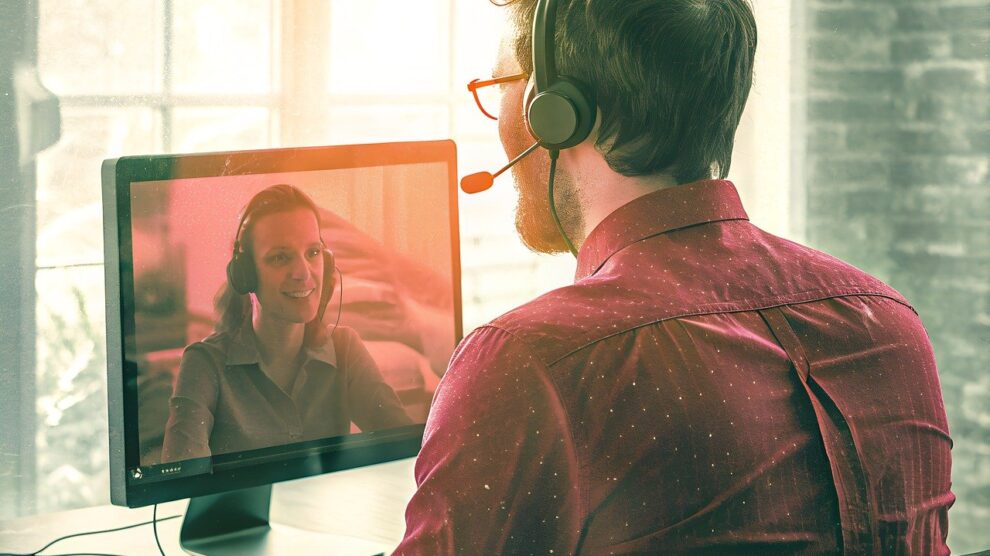One of the biggest challenges of living in the age of information is keeping that information private. Technology has progressed to the point that, at any time, data can be accessed from almost anywhere by anyone. The convenience of this has allowed for many benefits, including increased collaboration and flexibility in the workforce. Employees are increasingly working remotely, which offers many benefits to both the employee and the employer. However, accessing information from so many different locations can create issues with data security. Companies should take into consideration the following factors to ensure their customer’s data is safe.
How Can Data Be Protected When Remote Workers Are Utilized?
Remote work can be safe for all but several steps will need to be decided on and implemented before it. The company will want to create and educate its employees and customers on a cybersecurity policy. Consider the following when creating and implementing said policy:
1) The connection should be secure.
The most common ways a secure connection is achieved is either by utilizing virtual private networks (VPNs) or remote desktop protocols (RDPs). Some companies may opt to use a combination of the two security measures. Both of these make it so that, no matter what network the employee is connected through, it will be a private connection.
It is important to verify the VPN or RDP that you choose to use because not all are created equal. Be sure to research what it covers to make sure it aligns with your needs and review the provider’s reputation among other users.
2) Make data difficult to read.
Encryption is a useful process for this. This way, if anyone does attempt to gain access to the information, it will not be readable to them. There are a variety of types of encryption, but the general steps are the same for all of them. During this process, plain text is rewritten into ciphertext through the use of an algorithm. This ciphertext can later be unscrambled so the text is readable once again, but only after a key is input.
3) Passwords should be required for everything.
This means that passwords should be required on every device and for every system you use. Moreover, these passwords need to be unique and updated regularly but never shared. All employees should receive training on the importance of using the best type of password to avoid creating vulnerabilities in your data security.
If your company has a great number of password protected programs to use, consider using a password manager. This can mitigate the risks by allowing for more complex passwords since employees won’t have to worry about remembering every single password. A password manager can take some burden off of the employees while adding another layer of protection to your data.
4) Implement two-factor authentication where possible.
Two-factor authentication (2FA) is becoming increasingly popular and even required in some industries. When a user attempts to sign in to something that uses two-factor authentication, a confirmation request is sent to a separate device. From the secondary device, the user can confirm if they are attempting to access the account or deny it if they are unsure of the request’s origin.
5) Consistently update and educate your employees.
Technology is always improving and your cybersecurity policy should consistently change and update with it. Throughout these changes, it is important to ensure that all employees and customers are educated on the most up to date policy. Some things that they should be continually educated about include the dangers of phishing and malware as well as the benefits of using secure passwords and antivirus programs to keep themselves protected.
Be sure to keep an open line of communication with your employees regarding their cybersecurity. Given the nature of remote work, there is no “bringing the computer to IT down the hall.” Employees often have a more limited IT knowledge compared to what is needed in some cases, so they need to know who to contact when they have questions.
Why is Keeping Data Safe Important?
The importance of keeping your customers’ data safe cannot be overstated. Users input information with the erroneous assumption that it will only be seen by the system or person they intended to see it. Unfortunately in many instances, this is not always the case. Hackers try to steal information all the time. For example, there have been increasing reports in the news of hackers accessing hospital databases and using this to blackmail the hospital and receive money. Customer data can include anything from payment sources to private health information to novel research and innovation ideas. All of this must be protected in order for customers to feel safe entrusting their information with a company and for the company to continue to operate with peace of mind.





